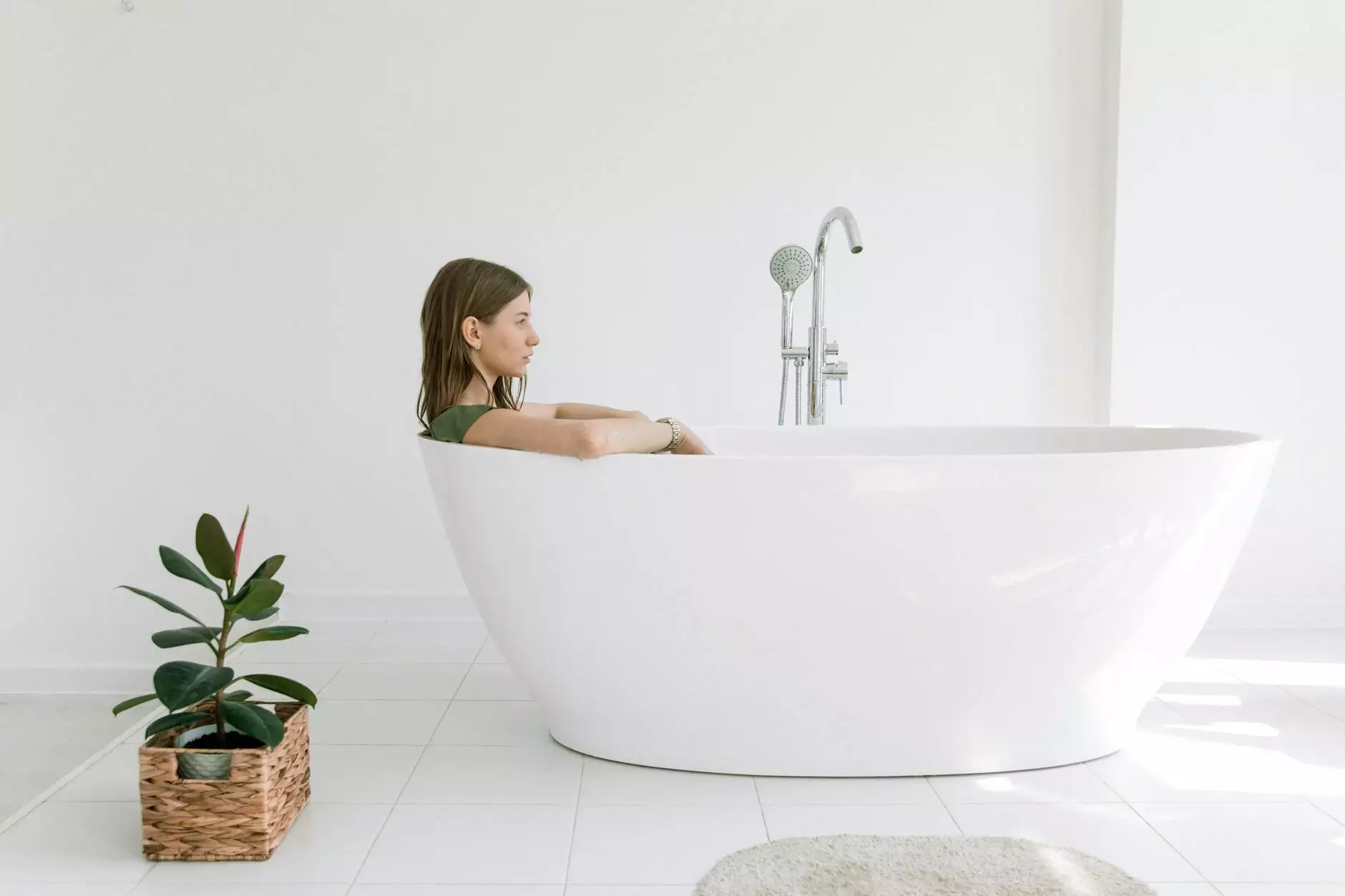Insoles vs Inserts: Understanding Foot Care Solutions

When it comes to foot health, the terms insoles and inserts are often used interchangeably. However, a deeper understanding reveals that they serve different functions and cater to various needs. This comprehensive guide will delve into the distinctions between insoles and inserts, their benefits, usage, and how they contribute to overall foot health, particularly for those who seek expert guidance from podiatrists.
What Are Insoles?
Insoles are cushioning layers placed inside shoes to provide additional comfort and support. They are often designed to enhance the fit of the shoe, reduce fatigue, and alleviate pressure points. Here are some key characteristics of insoles:
- Material: Insoles can be made from various materials, including foam, gel, and rubber. Each material offers different levels of cushioning and support.
- Thickness: Insoles come in varying thicknesses, allowing users to find options that best fit their shoe and personal comfort.
- Purpose: Mainly used for comfort, insoles cater to general foot fatigue and can be beneficial for individuals who stand for long periods.
Types of Insoles
There are several types of insoles catering to different foot shapes and activities:
- Comfort Insoles: Designed for everyday use, these insoles offer cushioning and support for basic activities.
- Sports Insoles: Tailored for athletic activities, these insoles provide enhanced support and are optimized for shock absorption.
- Orthotic Insoles: Custom-fitted insoles prescribed by a podiatrist to address specific foot conditions and provide corrective support.
What Are Inserts?
Inserts, on the other hand, are typically medical devices used for specific foot issues. They often cater to more serious foot problems and are usually designed to be more supportive than standard insoles. Here are some distinguishing features of inserts:
- Customization: Inserts are often custom-made or recommended by healthcare professionals to fit an individual's unique foot structure.
- Functionality: Primarily aimed at addressing specific biomechanical issues, inserts can help in alleviating pain from conditions like plantar fasciitis or flat feet.
- Material: Inserts often utilize more rigid materials, which provide greater structure and support compared to typical insoles.
Types of Inserts
Inserts can be broken down into several categories based on their intended uses:
- Functional Inserts: Help correct alignment issues and improve foot function.
- Accommodative Inserts: Provide extra cushioning and support for painful areas of the foot.
- Custom Orthotics: Individually designed by podiatrists to cater to specific foot deformities or injuries.
The Key Differences Between Insoles and Inserts
While both insoles and inserts aim to improve foot comfort and health, their differences are significant. Understanding these can help individuals make informed choices:
1. Purpose and Use
Insoles are primarily for enhancing comfort in everyday shoe wear, while inserts are therapeutic devices aimed at correcting or alleviating specific foot issues. If you're experiencing chronic pain or discomfort, consulting a podiatrist for custom inserts might be necessary.
2. Customization
Insoles are often mass-produced and available off the shelf, whereas inserts may be custom-designed for individual foot shapes and conditions, emphasizing medical necessity over general comfort.
3. Material Composition
Insoles tend to be made from softer, more flexible materials. In contrast, inserts use firmer materials to provide necessary arch support and structural alignment, which can be crucial for treating specific conditions.
Benefits of Using Insoles
The incorporation of insoles into your footwear can lead to numerous benefits:
- Increased Comfort: Insoles can significantly enhance comfort levels during everyday activities.
- Fatigue Reduction: They help reduce foot fatigue, especially for individuals with high activity levels.
- Improved Fit: Insoles can help improve the fit of shoes, which is particularly helpful in reducing discomfort from loose-fitting footwear.
Benefits of Using Inserts
While inserts are designed for a more targeted approach, they also offer various benefits:
- Pain Relief: Inserts can alleviate pain associated with conditions such as plantar fasciitis, arthritis, and heel spurs.
- Enhanced Mobility: By correcting foot alignment, inserts can improve mobility and reduce the risk of injuries.
- Long-Term Solutions: Customized inserts can provide long-term solutions to chronic foot problems, promoting overall foot health.
Choosing the Right Option for Your Needs
When deciding between insoles and inserts, consider the following:
1. Assess Your Foot Health
Evaluate your foot health and any specific issues you're facing. This assessment can determine whether you need general comfort solutions (insoles) or targeted medical interventions (inserts).
2. Consult a Podiatrist
If you have existing foot conditions or pain, it’s best to consult with a podiatrist. A professional can provide personalized advice on whether insoles or custom inserts are appropriate for your needs.
3. Try Different Options
Consider trying both options. Many athletic and everyday shoes can accommodate both insoles and inserts, allowing you to find a combination that offers the best support and comfort.
Real-Life Applications: Insoles vs Inserts
To paint a clearer picture, let's examine some real-life scenarios:
Scenario 1: A Retail Employee
A retail employee who spends long hours on their feet might benefit from high-cushion insoles that provide comfort and alleviate fatigue. These insoles can make a significant difference in their daily comfort and productivity.
Scenario 2: An Athlete with Foot Pain
In contrast, an athlete experiencing heel pain or arch issues may require custom inserts prescribed by a podiatrist. These inserts would provide the necessary support to address their specific problems and help prevent further injuries.
How to Care for Your Insoles and Inserts
Proper care and maintenance are essential for maximizing the lifespan of your insoles and inserts. Here are some tips:
- Cleaning: Regularly clean your insoles and inserts according to the manufacturer's recommendations. Most can be wiped down or gently washed to keep them hygienic.
- Drying: If they get wet, ensure they are dried thoroughly before placing them back into your shoes, as moisture can lead to bacterial growth and odor.
- Inspection: Regularly inspect for wear and tear. Replace your insoles and inserts as soon as they show signs of significant wear to maintain foot support.
Conclusion
In understanding the differences between insoles vs inserts, it's evident that both play crucial roles in promoting foot health. While insoles provide comfort and cushioning for general use, inserts offer targeted solutions for specific medical needs. Selecting the right option ultimately depends on individual foot health conditions and daily activities. Whether you’re a busy professional, an athlete, or someone seeking relief from foot pain, consulting with a podiatrist can help guide your decisions toward the best possible solutions for your feet.
In conclusion, investing in quality insoles or inserts tailored for your needs is essential for maintaining comfort, improving mobility, and promoting overall foot health. Don't underestimate the power of proper foot care—your feet will thank you!









